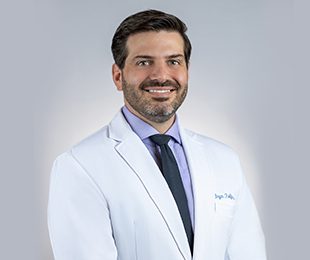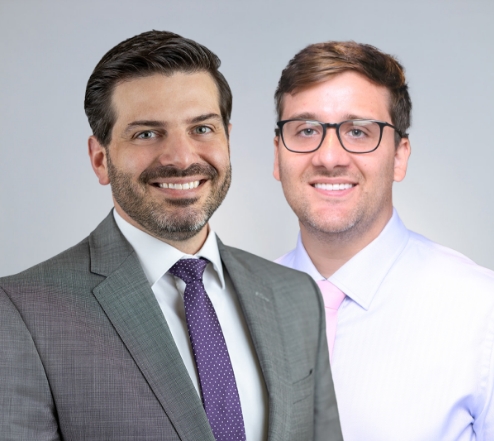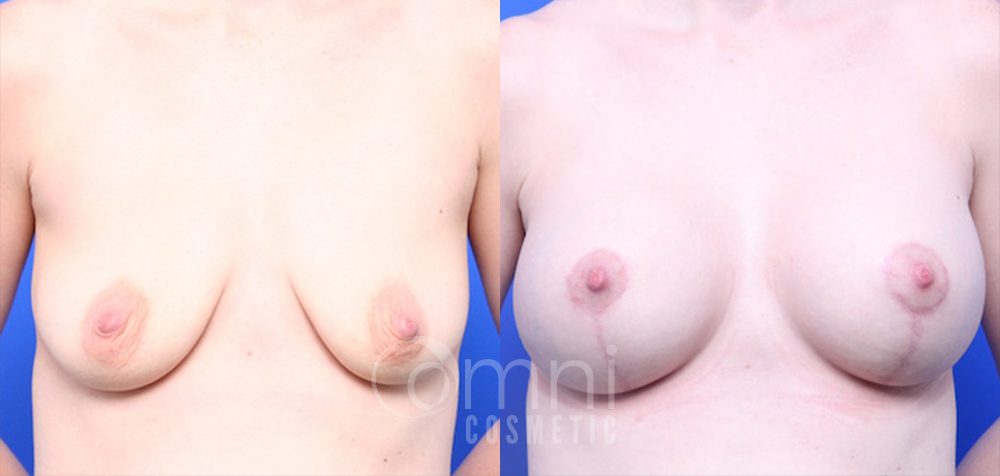Skin Cancer Awareness
May 20, 2016
As the sun begins to shine and the weather feels warmer, we’re often times excited to get outside and start enjoying it, especially in Minnesota! May is Skin Cancer Awareness month, so before you break out the bikini, stop to educate yourself on a few sun facts that will help to keep you healthy and protected this year!
First, I’m going to get straight to the point…. A tan in any form is not necessarily a good thing. A tan occurs after your skins DNA has been damaged and will darken to protect itself from further damage. Damage is caused by UV radiation, or light, that reaches the earth from the sun. After much research, scientist have discovered the two most common causes of UV damage to be from UVA and UVB rays. UVB rays are usually most commonly discussed because this is the damage that we can see initially with the naked eye in the form of redness or burning of the skin. With this, we notice the most superficial layers of the skin become damaged. UVA rays penetrate much deeper into the skin and cause more long term damage to the skin in the form of brown spots, deep lines and wrinkles and sagging of the skin. Unfortunately, both types of UV rays are known for causing genetic mutations in the skin causing skin cancers.
We absorb UV rays most commonly by being outdoors without sun protection, but this is usually only taking UVB rays into account. UVA rays can be absorbed through glass, windows and even reflect off the ground surface. However, the most frightening form of UVA absorption is delivered through the use of indoor tanning beds, in which 90% of tanning beds now use UVA bulbs and emit 12 times more UV radiation than that of the sun! People who use tanning beds are 2.5 times more likely to develop squamous cell carcinoma , and 1.5 times more likely to develop basal cell carcinoma, and an alarming 75% higher rate of developing either form when using tanning beds at a young age!
So how do we protect ourselves and prevent the effects of damaging rays to our skin? First, and most commonly studied, is finding and using the most effective sunscreen. When looking for a sunscreen, you want to find one that has both UVA and UVB protection. UVB protection is measured by the SPF, or sun protection factor, and should be higher than SPF 30. UVA protection is not currently measured by the FDA, so finding a sunscreen with appropriate active ingredients is very important. UVA active ingredients can be chemical, which means they form a thin layer on the skin to help absorb UV rays before they reach the skin, or physical which are insoluble particles that reflect sun off of the skin. Chemical sunscreens offer ingredients such as Avobenzone, Ecamsule (Mexoryl SX) and Oxybenzone, as physical sunscreens offer ingredients such as Zinc Oxide and Titanium Dioxide. For adequate protection I recommend using 1 oz. of sunscreen 30 minutes before sun exposure and reapplying every 2 hours. However, even though sunscreens have come a long way recently, the easiest form of protection is to avoid sun exposure during UV peak times of the day which is between 10am – 4pm. If you’re not able to avoid sun exposure during peak times, it’s important to wear UV protective clothing, a wide brimmed hat, eye protection, and of course your UVA/UVB protective sunscreen.
Through research, education, and awareness, we all can live a healthy life while still enjoying the best things about living in Minnesota… The outdoors!





